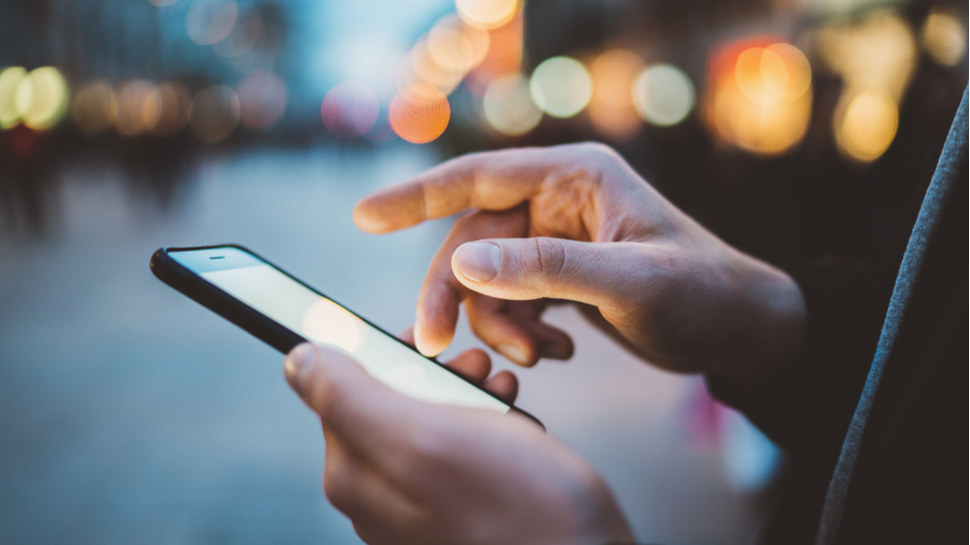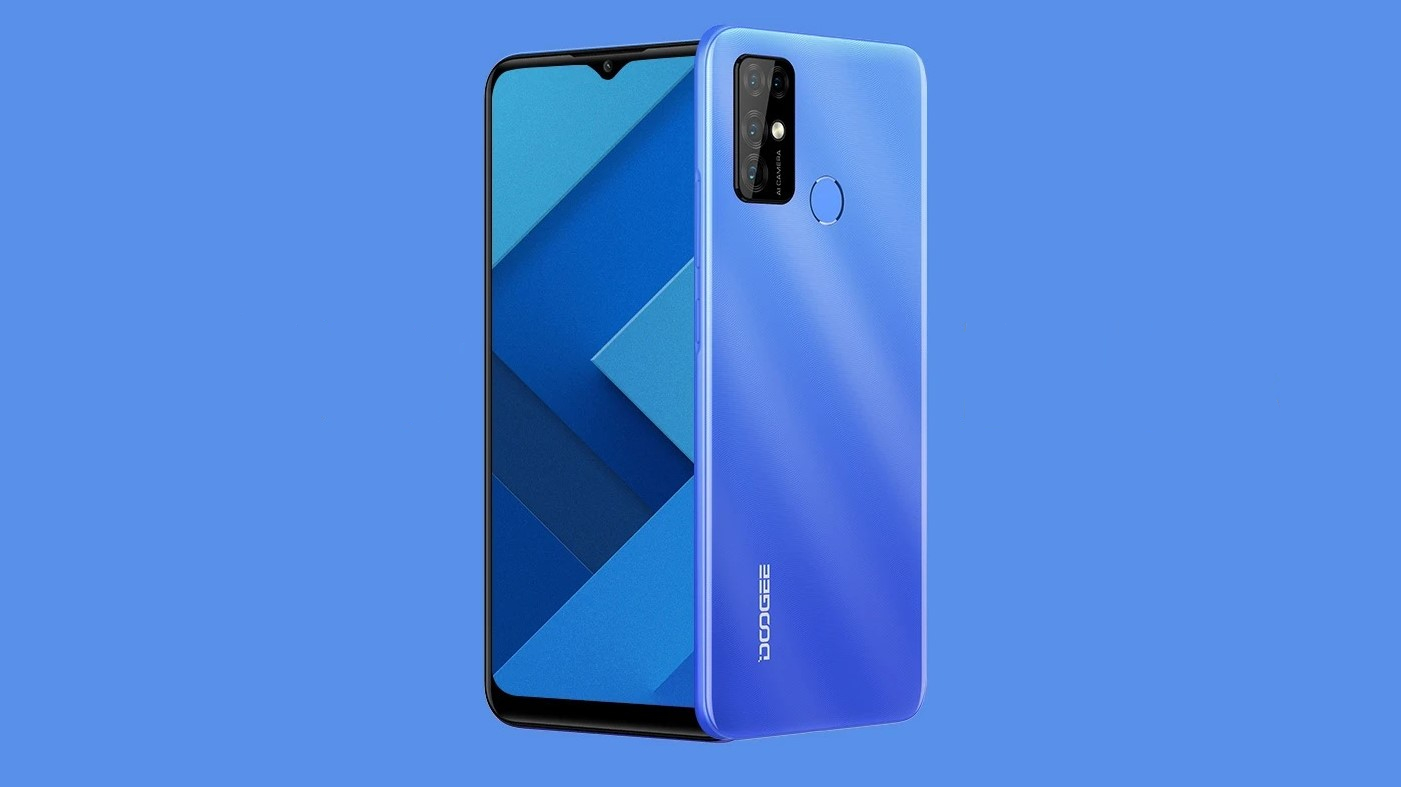The rise of the $100 smartphone: the beginning of a new era?
Dreams of computers for the masses have finally been realized

It’s been nearly 17 years since Nicholas Negroponte unveiled his grandiose plan to provide computers for children across the world, a bid to squash digital illiteracy that also revolutionized the industry. The end product, the OLPC XO laptop, was supposed to cost $100 and, by and large, is considered a commercial failure, having shipped only a few million units since its inception.
Yet its legacy has helped shaped the world we live in, forcing computer manufacturers to think about more affordable devices that are untethered and available to the masses.
The OLPC gave us Netbooks (with the Eee PC making a splashes in 2007), Chromebooks, tablets and ultimately, thanks to economies of scale, at least one smartphone that costs $100 - and is a testament to the journey since the OLPC first caught the imagination of many.

A $100 smartphone that’s actually usable
Running Android 11, the Doogee X96 Pro doesn’t look like your normal cheap device. With four cameras on the back and a 6.5-inch HD+ display, it is a far cry from the XO laptop (with a monochrome screen) that made the headlines back in the days.
Setting the standard for entry level cheap smartphones, the X96 Pro is also powered by an eight- core ARM-based processor teamed with 4GB of RAM and 64GB onboard storage. In comparison, the original Netbook had 4GB of onboard storage and its hardware was powerful enough to be used as a web hosting server.
Connectivity is where we’ve seen the biggest paradigm shift over the past decade, and 4G LTE is now present even at this price point with dual SIM slots and fast Wi-Fi, two key must-haves.
What does a $100 smartphone teach us about the future of computing?
OLPC’s ambitions were noble, but at the end of the day, cold- and stone-hearted capitalism was where the solution came for a brand new, ultra affordable, high performance computing platform that’s safe and secure to use with guaranteed global availability.
Are you a pro? Subscribe to our newsletter
Sign up to the TechRadar Pro newsletter to get all the top news, opinion, features and guidance your business needs to succeed!
In 2021 and for the foreseeable future, so-called 8464 (8-core, 4GB RAM, 64GB storage) devices will be the baseline for ubiquitous personal computing, be it for consumers or businesses. While the X96 Pro is not, strictly speaking, a business smartphone, the presence of a fingerprint reader and Android 11 indicates that it is - in theory - a secure platform.
The gradual global recovery post-Covid may accelerate the move to simpler devices like the X96 Pro that are versatile and powerful enough to fulfill the dream of Negroponte and the OLPC initiative. With the rise of free online courses, abundant high-resolution, professionally-made video content and masses of text, never in the history of humanity has so much knowledge been available to so many, so cheaply.
Platforms like the X96 Pro pave the way for even more exciting experiences for businesses using Augmented Reality (AR) or Virtual Reality (VR) and that’s thanks to their raw computing and connectivity capabilities. Expect a new generation of thin clients that could be rolled out as more organizations flock to leaner business models and adopt SaaS-first models en masse.
Windows 365 and Microsoft 365 have tipped the balance firmly towards software-as-a-service, and with PCaaS now commonplace, now seems to be the time where software (and services) take back the enterprise spotlight (and the dollars) from hardware.
- We've also highlighted the best budget smartphones

Désiré has been musing and writing about technology during a career spanning four decades. He dabbled in website builders and web hosting when DHTML and frames were in vogue and started narrating about the impact of technology on society just before the start of the Y2K hysteria at the turn of the last millennium.